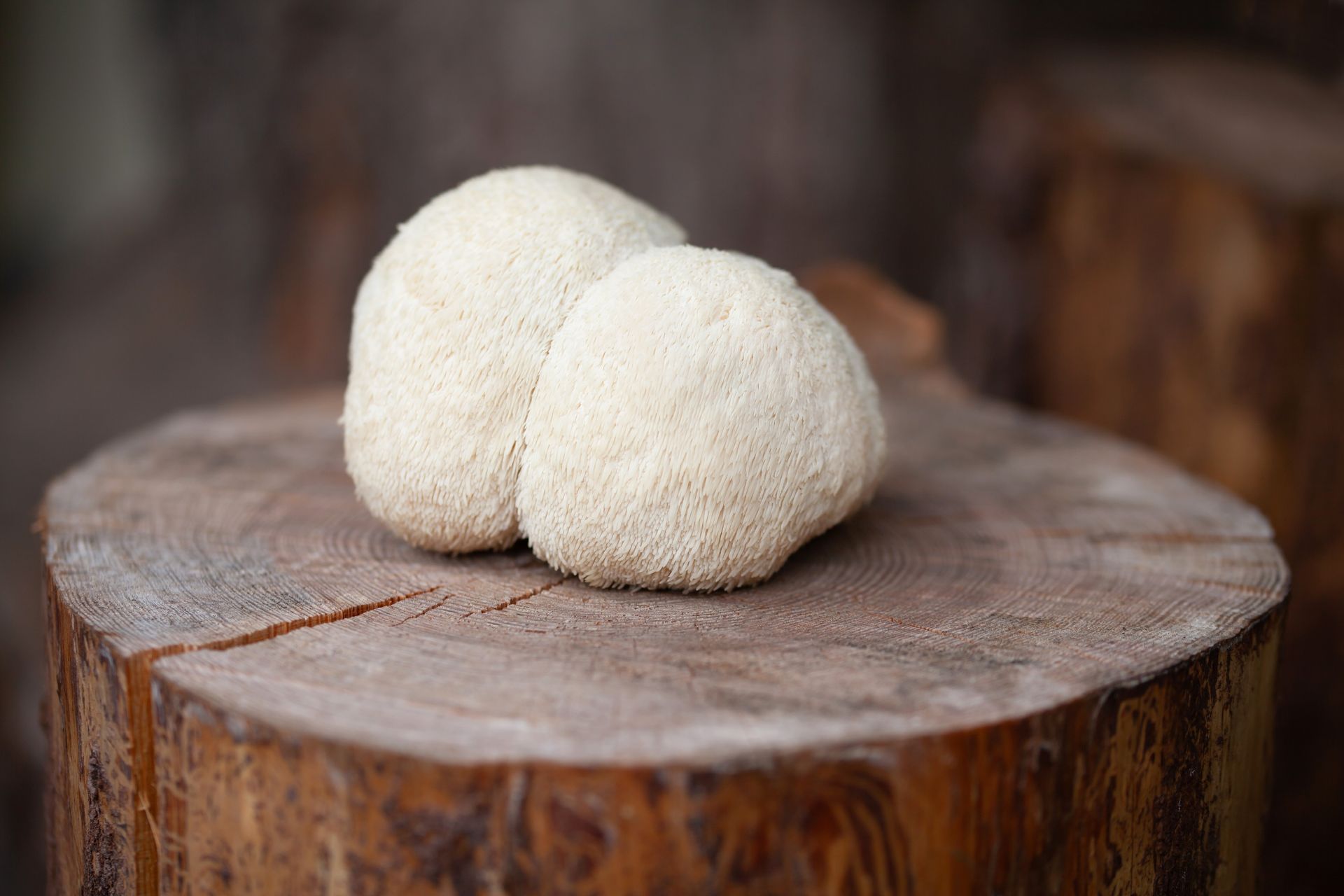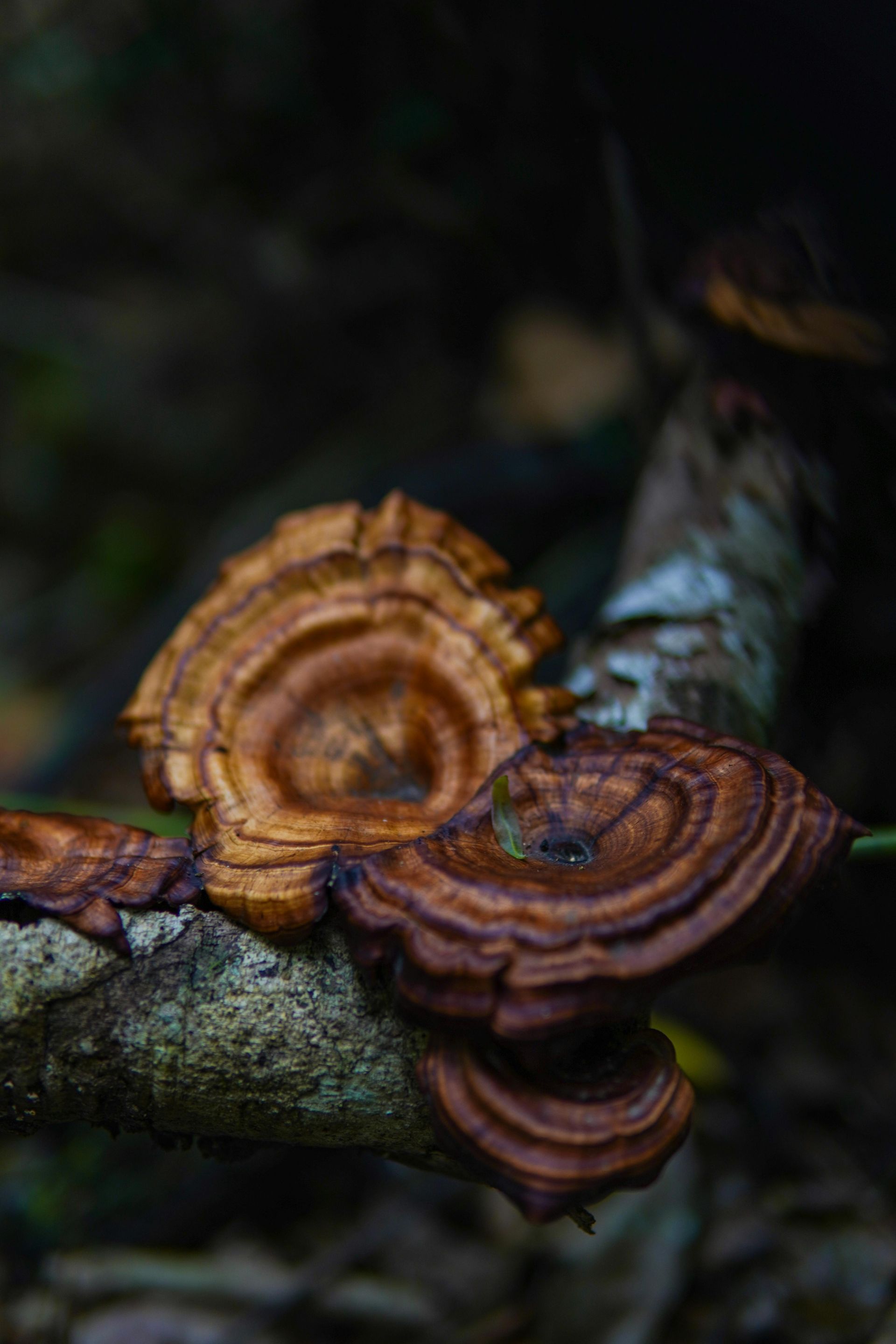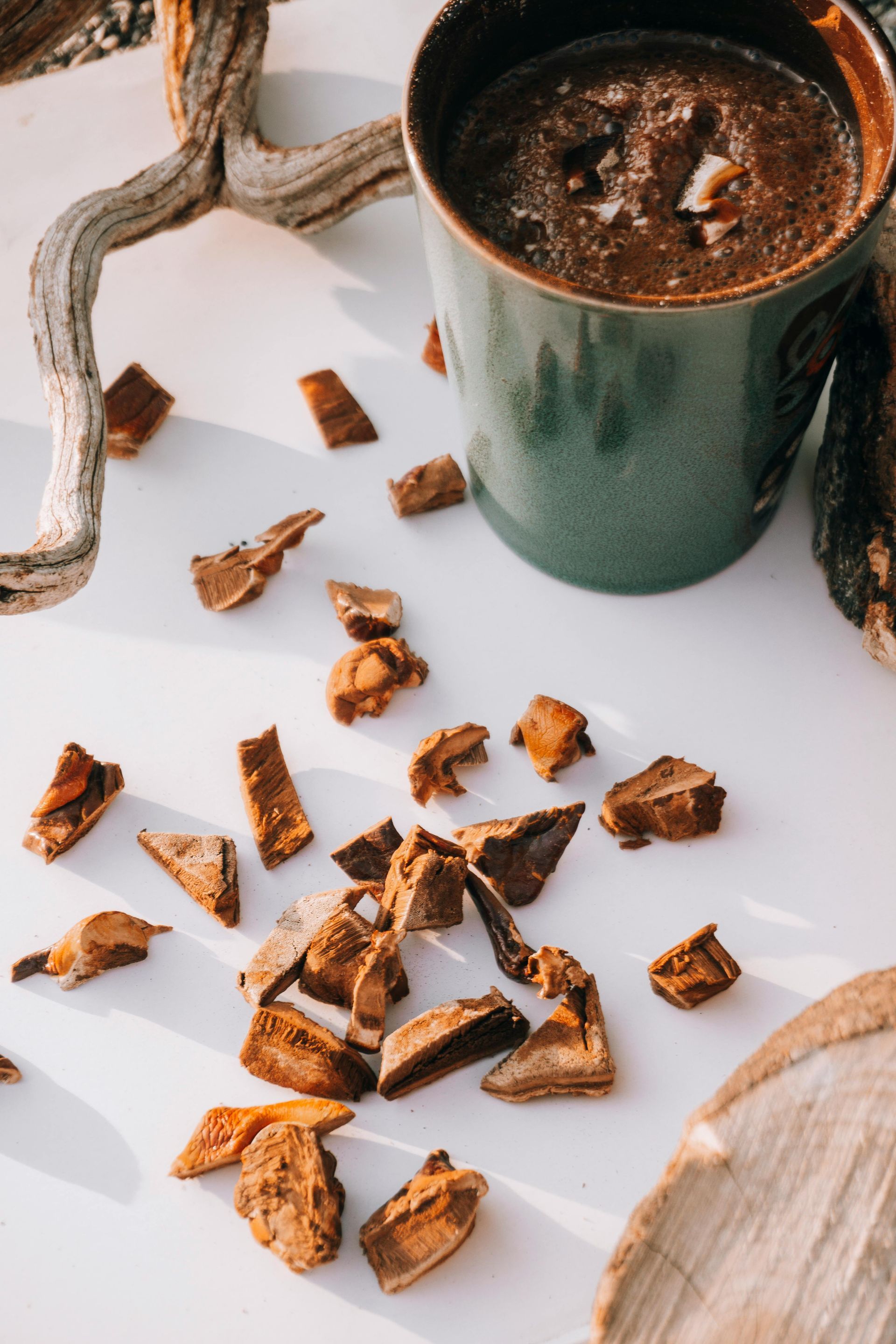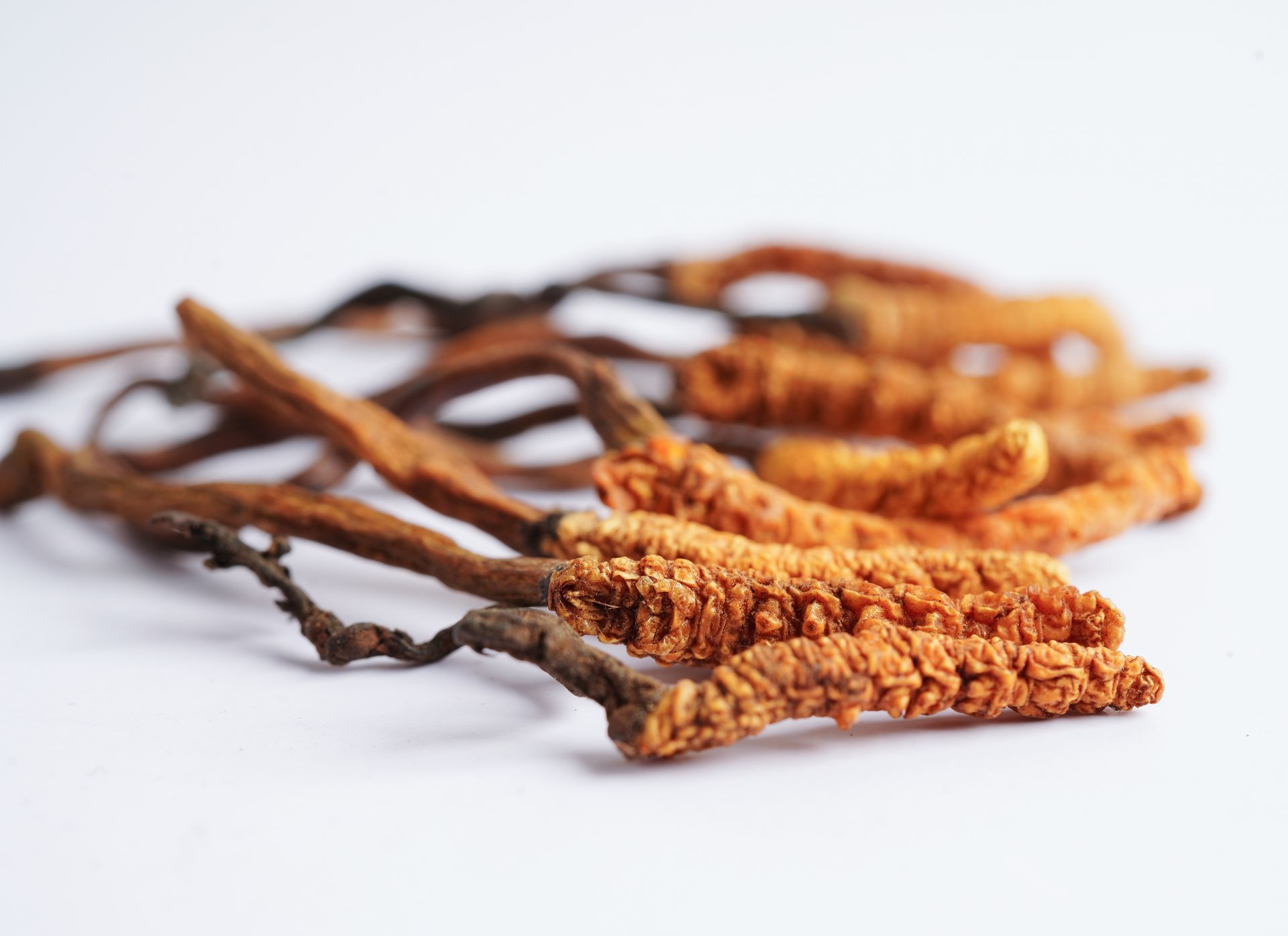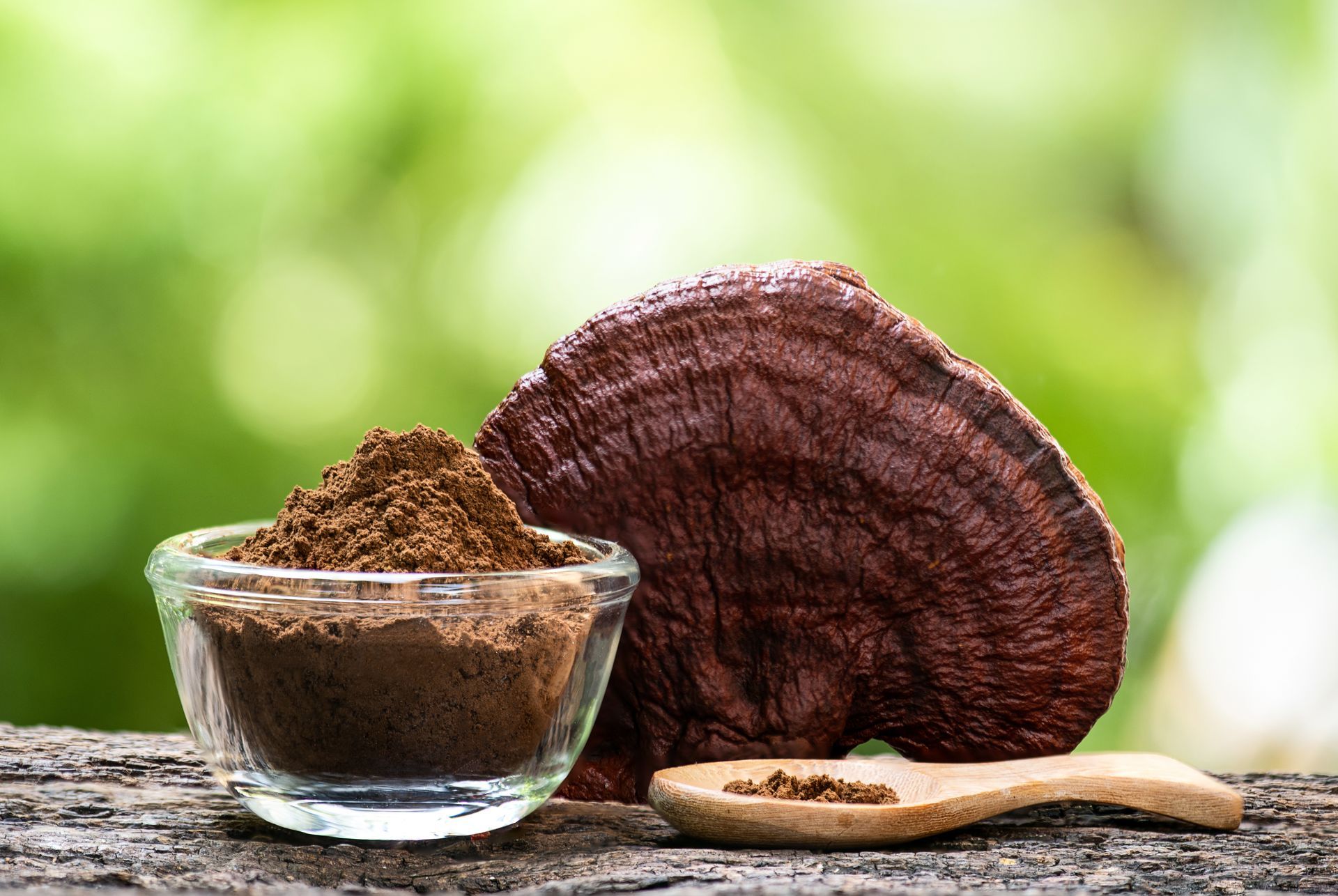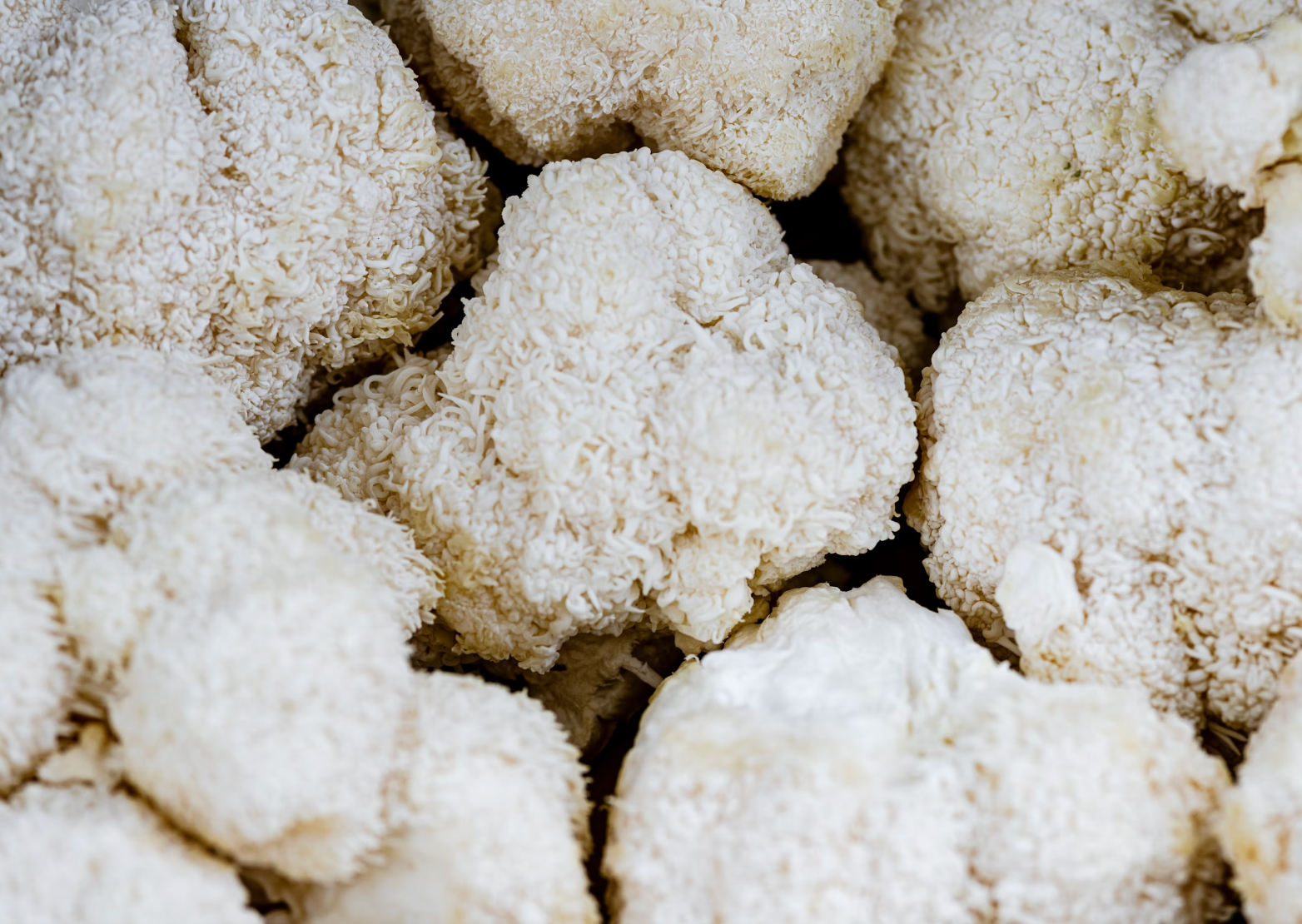Beta-Glucans: A Health Boost, But Not a Nootropic
What Are Beta-Glucans?
Beta-glucans are remarkable compounds found in various natural sources, including oats, barley, mushrooms, and yeast. They’re a type of soluble fiber that offers a host of health benefits. Here’s why they’re worth celebrating:
Cholesterol Management: Beta-glucans have been used since the 1960s to lower cholesterol levels. They work by reducing the absorption of cholesterol as it moves through your digestive system 1.
Immune System Support: Beta-glucans are immune system superheroes. They enhance immune function, making them particularly helpful during chemo- and radiotherapy-induced immunosuppression. These compounds activate white blood cells, promoting a balanced immune response 1.
Blood Sugar Regulation: Beta-glucans slow down digestion, keeping you full for longer. They also contribute to healthy blood sugar levels 2.
Heart Health: By lowering cholesterol and reducing hypertension, beta-glucans support cardiovascular well-being 1.
Anti-Inflammatory Properties: Some studies suggest that beta-glucans help maintain a healthy inflammatory response 3.

The Not-So-Nootropic Side
Now, let’s address the elephant in the room: nootropics. While beta-glucans are fantastic for overall health, they don’t fall into the nootropic category. Nootropics are substances that enhance cognitive function, memory, and focus. Beta-glucans, unfortunately, don’t possess these specific brain-boosting properties.
So, enjoy your mushrooms, and appreciate the immune-boosting magic of beta-glucans. Just remember—they won’t turn you into a memory-enhanced genius overnight! 😉🧠
Remember, always consult a healthcare professional before making significant dietary changes or starting any new supplements. Stay healthy, my friend! 🌟
1: WebMD - Beta Glucan: Health Benefits, Safety Information, Dosage, and More
2: Verywell Health - Beta Glucan for Blood Sugar, Cholesterol, and More
3: Life Extension - Beta Glucans: Health Benefits, Sources & Dosages
